Home>Ideas and Tips>Creating A Cozy Outdoor Meditation Space
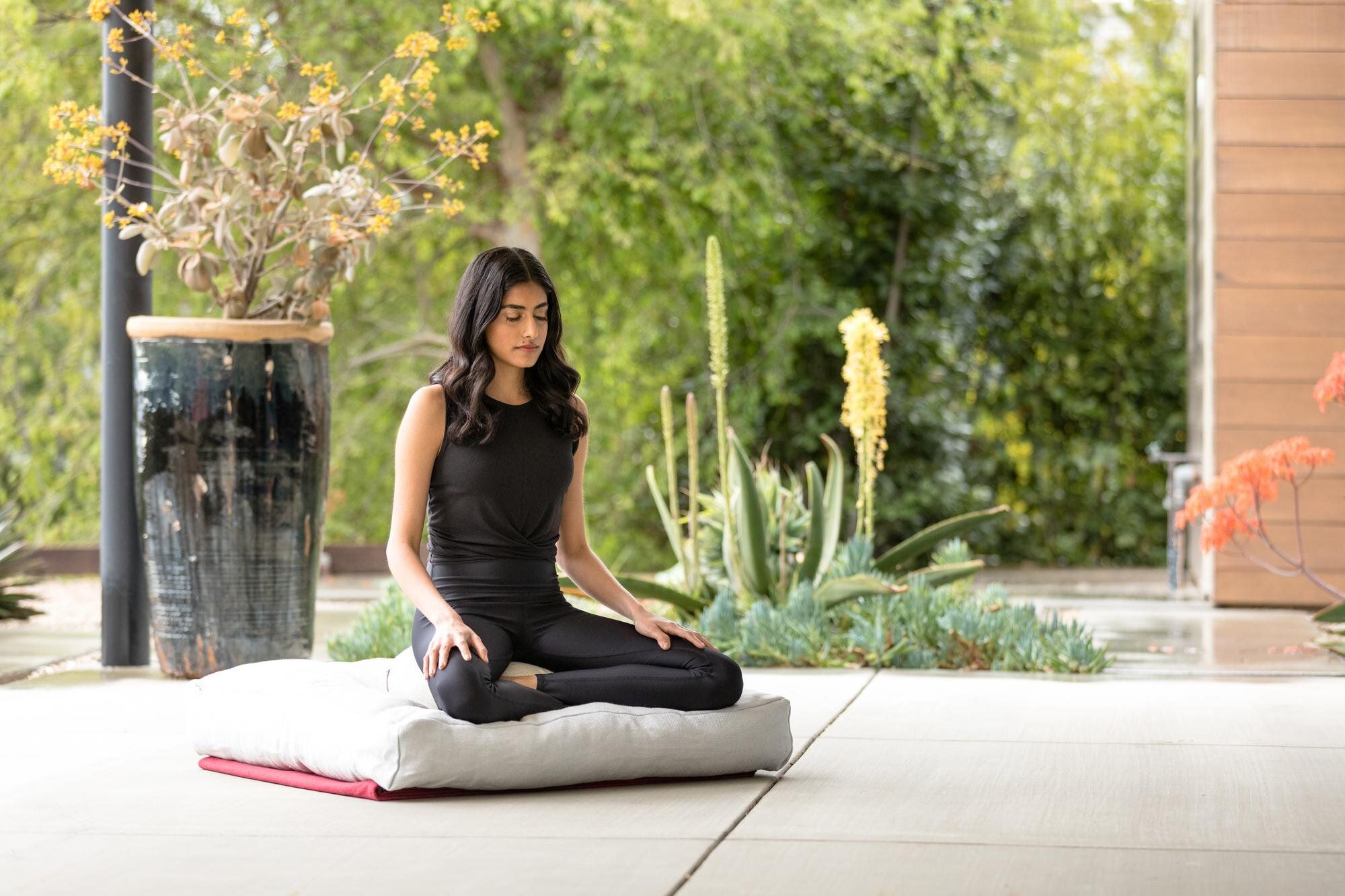

Ideas and Tips
Creating A Cozy Outdoor Meditation Space
Published: August 31, 2024
Discover how to create a cozy outdoor meditation space that fosters relaxation and mindfulness with our comprehensive guide.
(Many of the links in this article redirect to a specific reviewed product. Your purchase of these products through affiliate links helps to generate commission for Storables.com, at no extra cost. Learn more)
In today's fast-paced world, finding moments of peace and tranquility can be a challenge. One effective way to achieve this is by creating an outdoor meditation space that invites relaxation and mindfulness. Whether you have a small backyard or a sprawling garden, transforming a corner of your outdoor space into a serene meditation area can be incredibly beneficial for both body and mind. In this article, we will guide you through the process of designing and setting up a cozy outdoor meditation space that fosters calmness and inner peace.
Understanding the Importance of Meditation
Meditation is a practice that has been around for thousands of years and has been shown to have numerous physical and mental health benefits. Regular meditation can lower heart rate and blood pressure, reduce stress hormones, and even improve relationships by providing a momentary escape from the fast-paced world we live in.
Read more: Creating A Cozy Outdoor Meditation Platform
Benefits of Outdoor Meditation
While traditional indoor meditation spaces are common, there are several benefits to meditating outdoors:
-
Natural Environment: Being in nature has been proven to have a calming effect on the mind and body. The sounds of birds chirping, leaves rustling, and gentle breezes can create a soothing atmosphere that enhances the meditation experience.
-
Fresh Air: Outdoor spaces provide access to fresh air, which is essential for overall well-being. Unlike indoor spaces that can sometimes feel stale or polluted, outdoor environments offer a natural ventilation system that promotes better breathing.
-
Variety of Settings: Unlike indoor spaces which can sometimes feel monotonous, outdoor settings offer a variety of environments to choose from. You could meditate under a tree, near a pond, or even in a garden filled with flowers.
-
Flexibility: Outdoor spaces are highly flexible and can be adapted to different weather conditions. Whether it's a sunny day or a rainy evening, you can find a way to make your outdoor meditation space comfortable and inviting.
Choosing the Right Location
The first step in creating an outdoor meditation space is to choose the right location. Here are some tips to help you select the perfect spot:
-
Natural Light: While some people prefer meditating in the shade, natural light can be beneficial for setting a positive tone. Look for a spot that receives gentle sunlight but is not too harsh.
-
Quiet Area: A quiet area is crucial for effective meditation. Avoid spots near busy roads or areas with high foot traffic.
-
Accessibility: Ensure that your chosen location is easily accessible. You don't want to struggle with reaching your meditation spot every time you want to practice.
-
Privacy: Privacy is essential for meditation. Look for a spot that provides some level of seclusion from prying eyes or noisy neighbors.
-
Aesthetic Appeal: The aesthetic appeal of your meditation space can significantly enhance your experience. Choose a spot with natural beauty such as a garden or a scenic view.
Designing Your Meditation Space
Once you've chosen the right location, it's time to start designing your meditation space. Here are some elements you should consider:
Seating
The seating arrangement is one of the most critical aspects of designing a meditation space. Here are some tips for choosing the right seating:
-
Comfortable Chairs or Cushions: You don't need expensive or fancy chairs; a simple yet comfortable chair or cushion will suffice. Consider using a meditation cushion or a supportive cushion to ensure proper posture.
-
Upholstery Material: Choose upholstery materials that are soft and comfortable against your skin. Avoid materials that might cause discomfort or distraction during meditation.
-
Adjustability: If possible, opt for seating that is adjustable. This will allow you to customize the height and angle of your seat according to your needs.
Focal Points
Focal points are essential in meditation as they help center your attention and eliminate distractions. Here are some ideas for focal points:
-
Plants: Plants are not only aesthetically pleasing but also provide a natural focal point. Choose plants with calming effects such as lavender or chamomile.
-
Candles or Lanterns: Soft lighting can create a serene atmosphere perfect for meditation. Use candles or lanterns with calming scents like vanilla or jasmine.
-
Statues or Artwork: Place statues or artwork that resonate with your personal beliefs or values. This could be anything from Buddha statues to inspirational quotes.
-
Water Features: Water features like fountains or small ponds can create soothing sounds that enhance the meditation experience.
Soothing Objects
Soothing objects can further enhance the ambiance of your meditation space. Here are some ideas:
-
Crystals: Crystals like Himalayan salt lamps are believed to emit negative ions which purify the air and create a calming environment.
-
Essential Oils: Use essential oils with calming scents like lavender or chamomile in diffusers or through scented candles.
-
Soft Rugs: Place soft rugs under your seating area to create a cozy feel underfoot.
-
Nature Elements: Incorporate natural elements like rocks, shells, or driftwood into your design for added aesthetic appeal.
Lighting
Lighting plays a crucial role in setting the mood for meditation. Here are some tips for choosing the right lighting:
-
Natural Light: As mentioned earlier, natural light is beneficial but ensure it's not too harsh during peak hours.
-
Soft Lighting: Use soft lighting sources like candles, lanterns, or string lights to create a warm glow.
-
Dimmable Lights: Install dimmable lights so you can adjust the brightness according to your preference.
Sounds
While some people prefer complete silence during meditation, others find it easier to focus amidst gentle sounds. Here are some tips for incorporating sounds into your design:
-
Nature Sounds: Use speakers or sound machines that play calming nature sounds like rain or ocean waves.
-
Instrumental Music: Play instrumental music with calming melodies like piano or flute.
-
White Noise Machines: Use white noise machines if you find it difficult to focus amidst other sounds.
Creating a Calming Atmosphere
Creating a calming atmosphere is essential for effective meditation. Here are some additional tips to enhance the ambiance of your outdoor meditation space:
-
Temperature Control: Ensure that the temperature is comfortable during your meditation sessions. Avoid extreme temperatures that might cause discomfort.
-
Weather Protection: If you live in an area with unpredictable weather, consider adding a canopy or gazebo to protect you from rain or sun exposure.
-
Furniture Arrangement: Arrange furniture in a way that promotes relaxation and minimizes distractions. Avoid cluttered spaces that might cause visual noise.
-
Personal Touches: Add personal touches like photos, artwork, or inspirational quotes that resonate with you personally.
Maintenance Tips
Maintaining your outdoor meditation space is crucial for its longevity and effectiveness. Here are some maintenance tips:
-
Regular Cleaning: Regularly clean your space to remove any debris or dust that might accumulate over time.
-
Pest Control: Keep an eye out for pests like insects or rodents that might disturb your peace during meditation.
-
Seasonal Adjustments: Make seasonal adjustments like changing plants according to the season or adding seasonal decorations like autumn leaves or winter lights.
-
Weatherproofing: Ensure that all furniture and decorations are weatherproofed to withstand different weather conditions.
Conclusion
Creating a cozy outdoor meditation space is more than just setting up a few chairs and plants; it's about crafting an environment that fosters relaxation and mindfulness. By choosing the right location, designing with comfort and aesthetics in mind, incorporating soothing objects and sounds, and maintaining your space regularly, you can create an outdoor meditation space that enhances your overall well-being. Whether you're a seasoned meditator or just starting out, this guide provides a comprehensive approach to designing an outdoor space that invites peace and tranquility into your life.
By following these steps and tips, you'll be well on your way to creating a serene outdoor meditation space that complements your lifestyle perfectly. Remember, meditation is not just about finding inner peace; it's also about appreciating the beauty of nature while enhancing your mental and physical health. So take the first step today and transform a corner of your garden into a haven where you can retreat from the world and connect with yourself.
Was this page helpful?
At Storables.com, we guarantee accurate and reliable information. Our content, validated by Expert Board Contributors, is crafted following stringent Editorial Policies. We're committed to providing you with well-researched, expert-backed insights for all your informational needs.
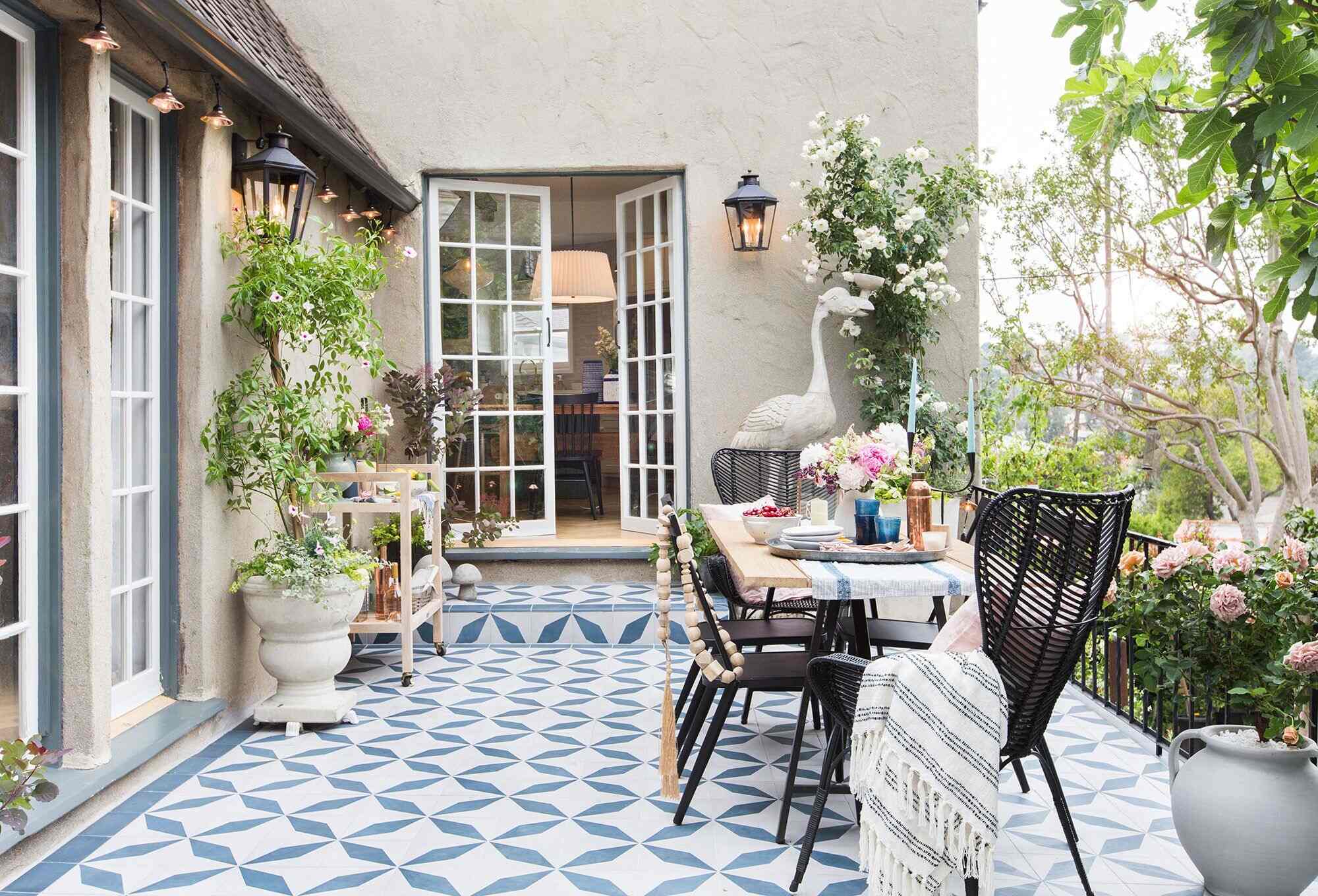
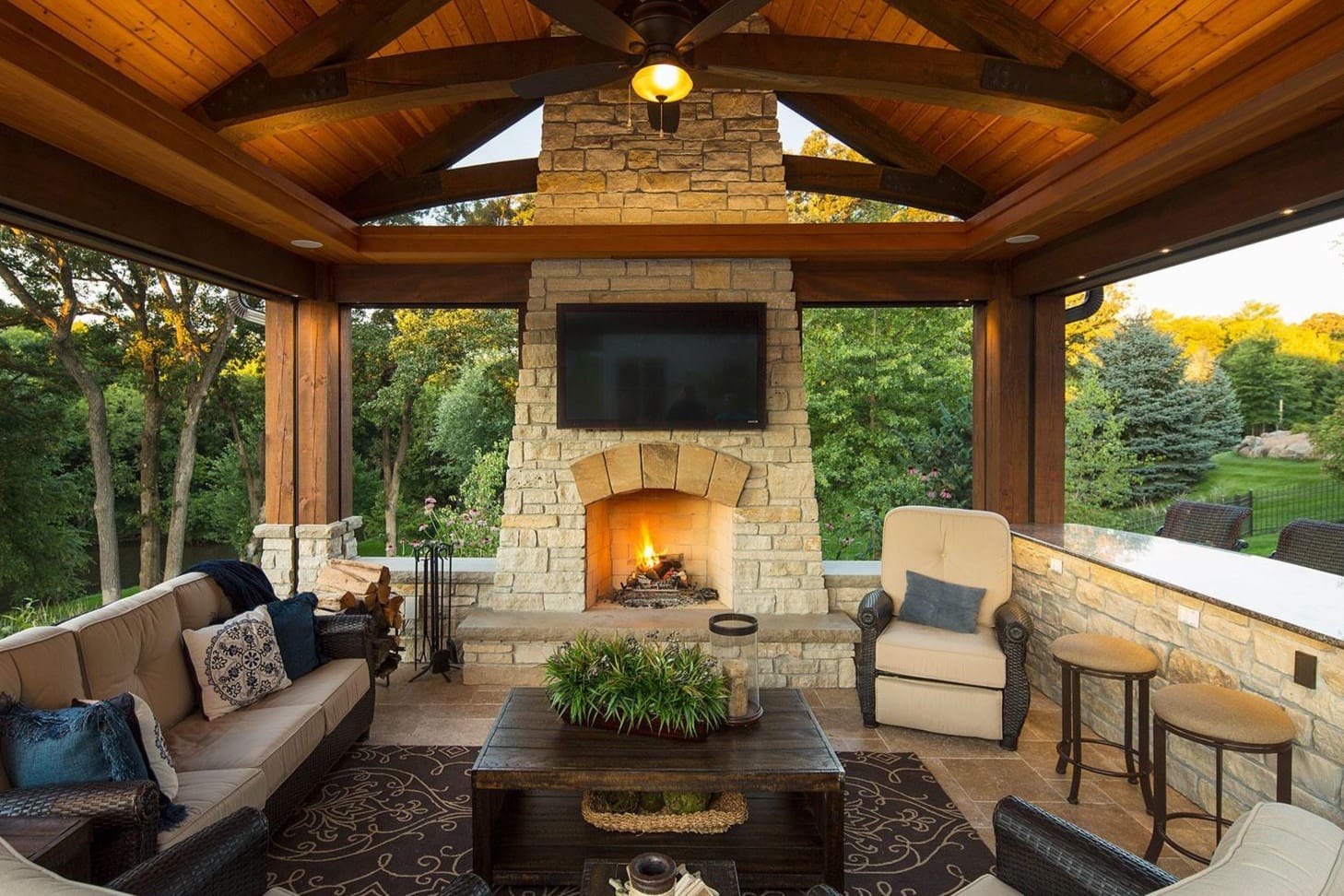
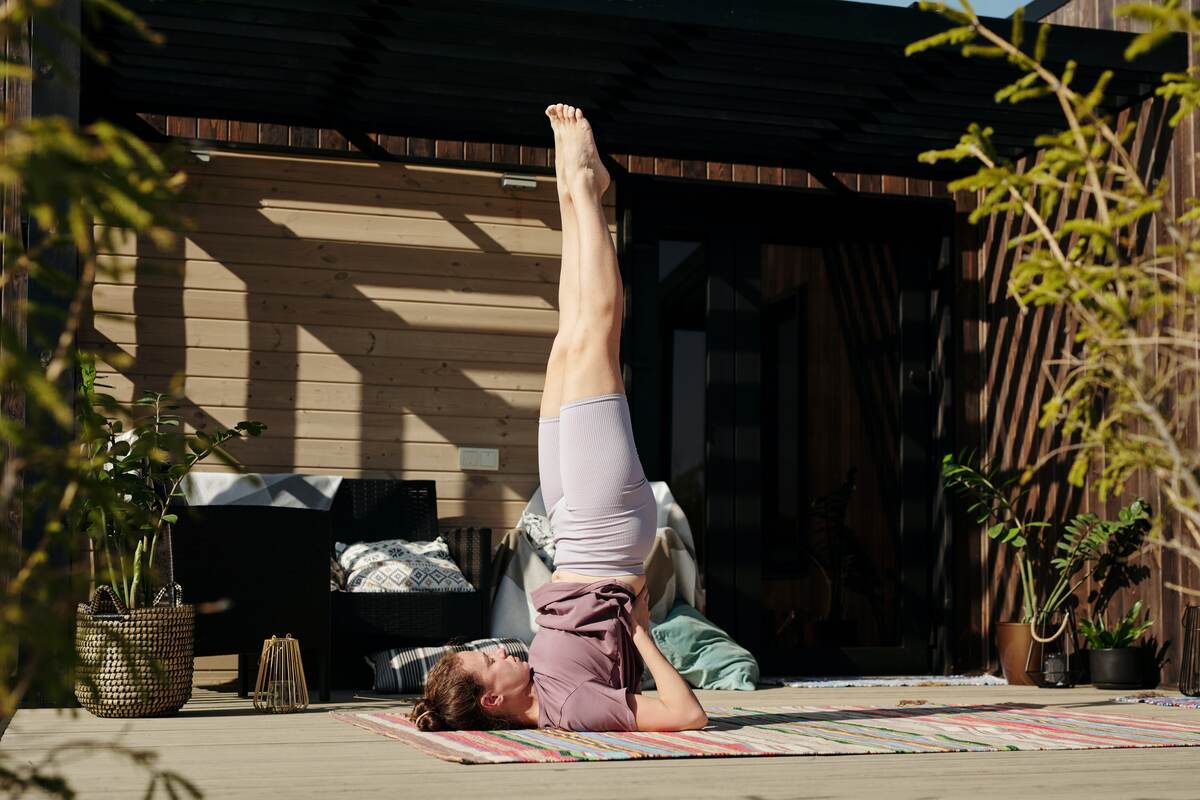

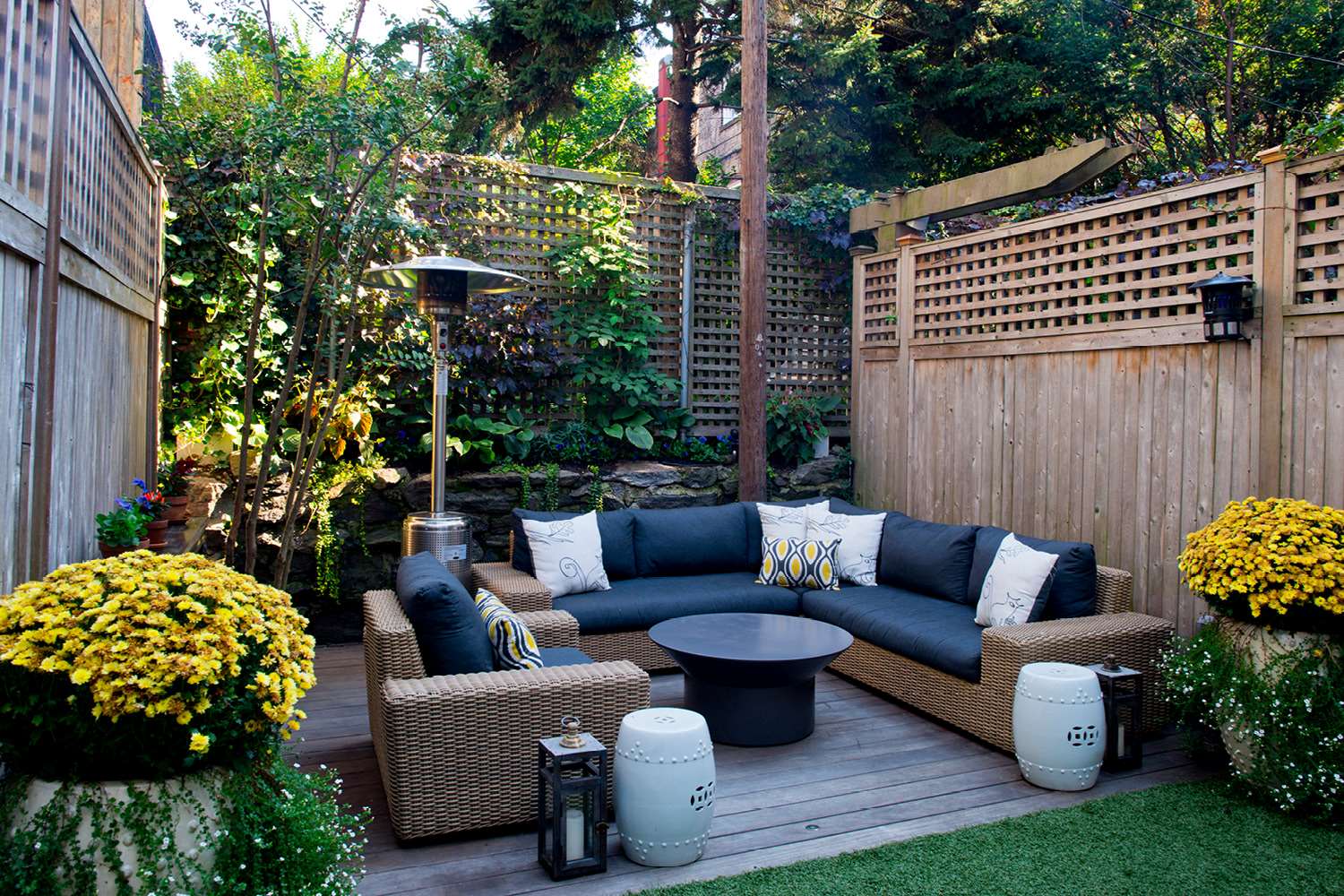
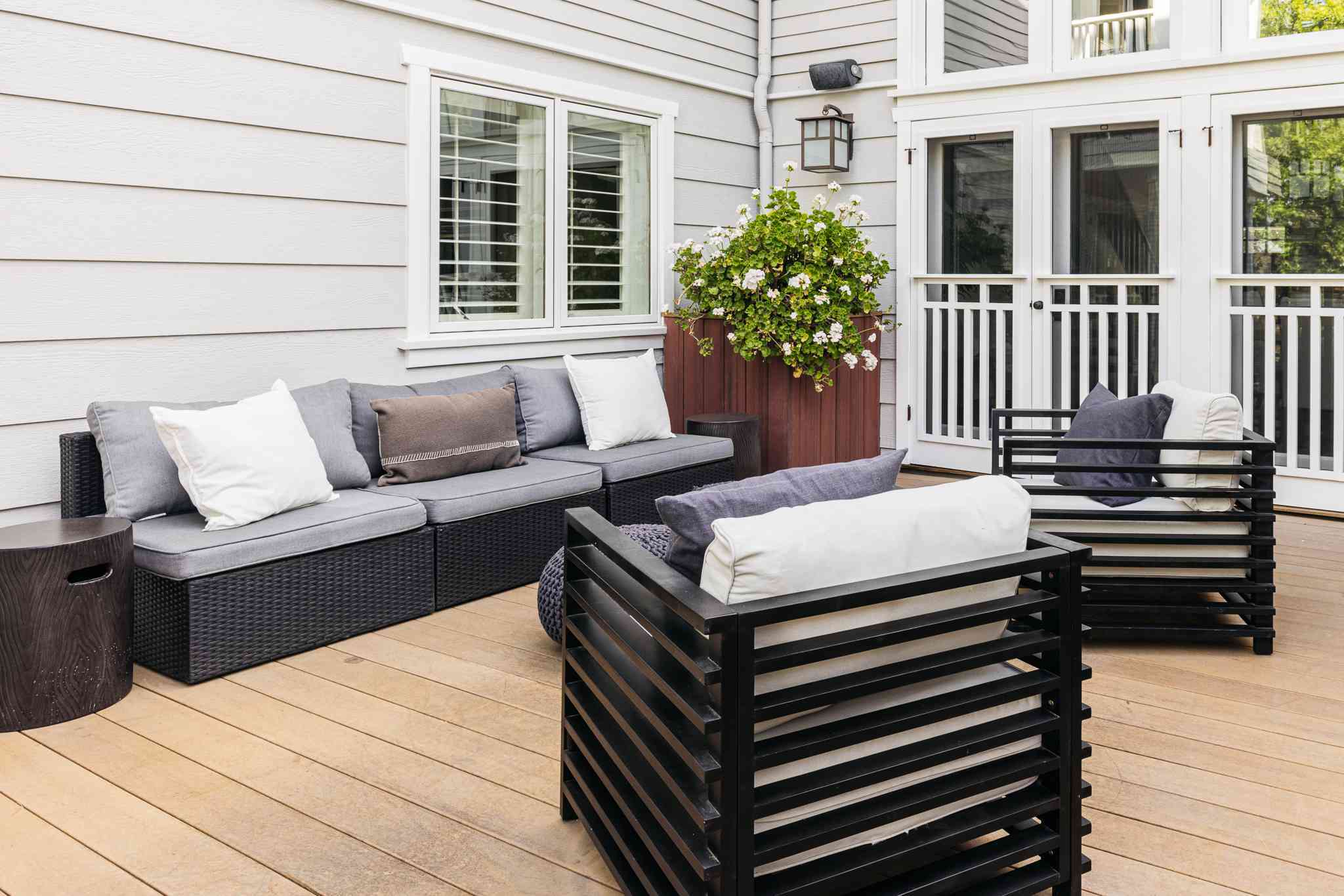
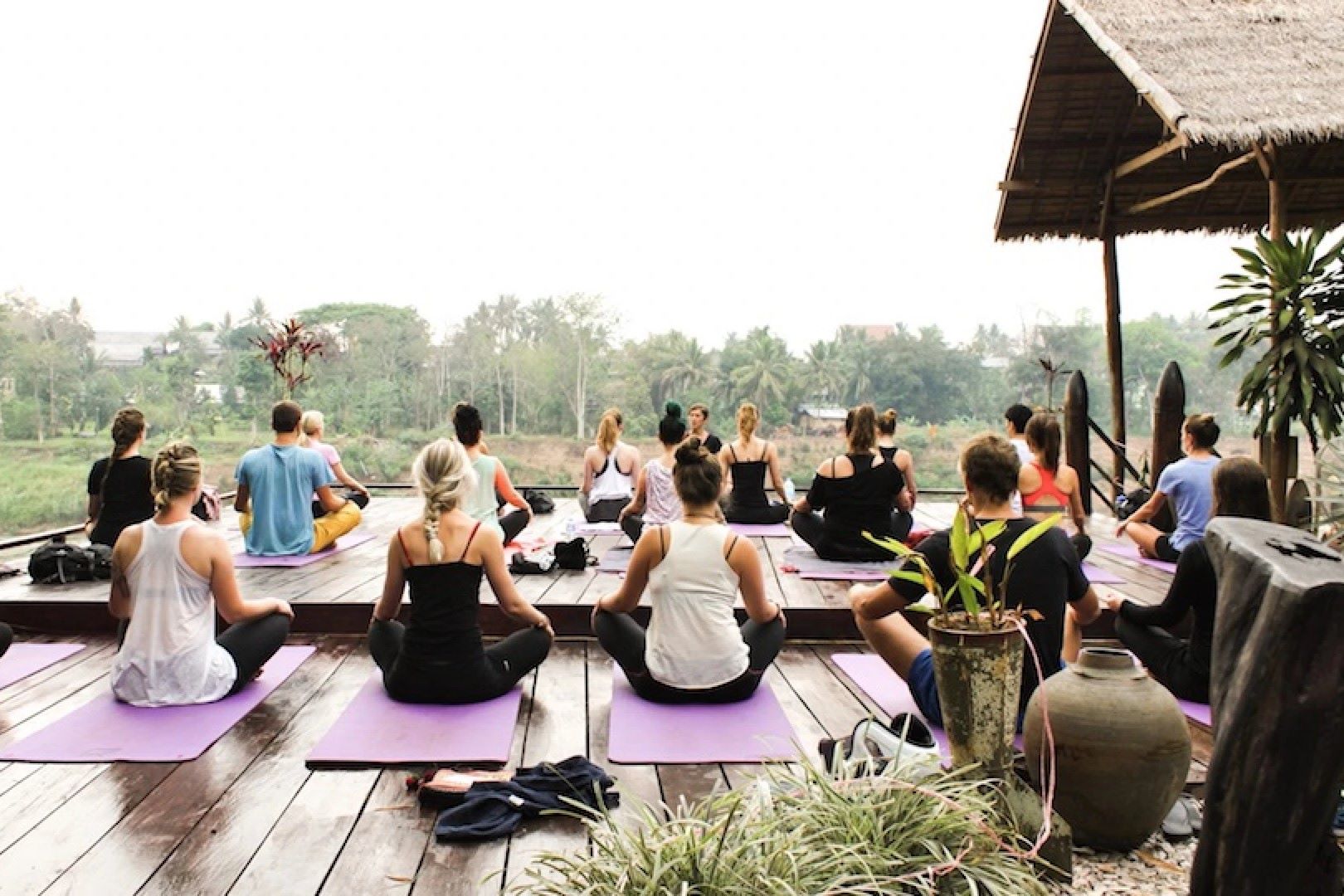
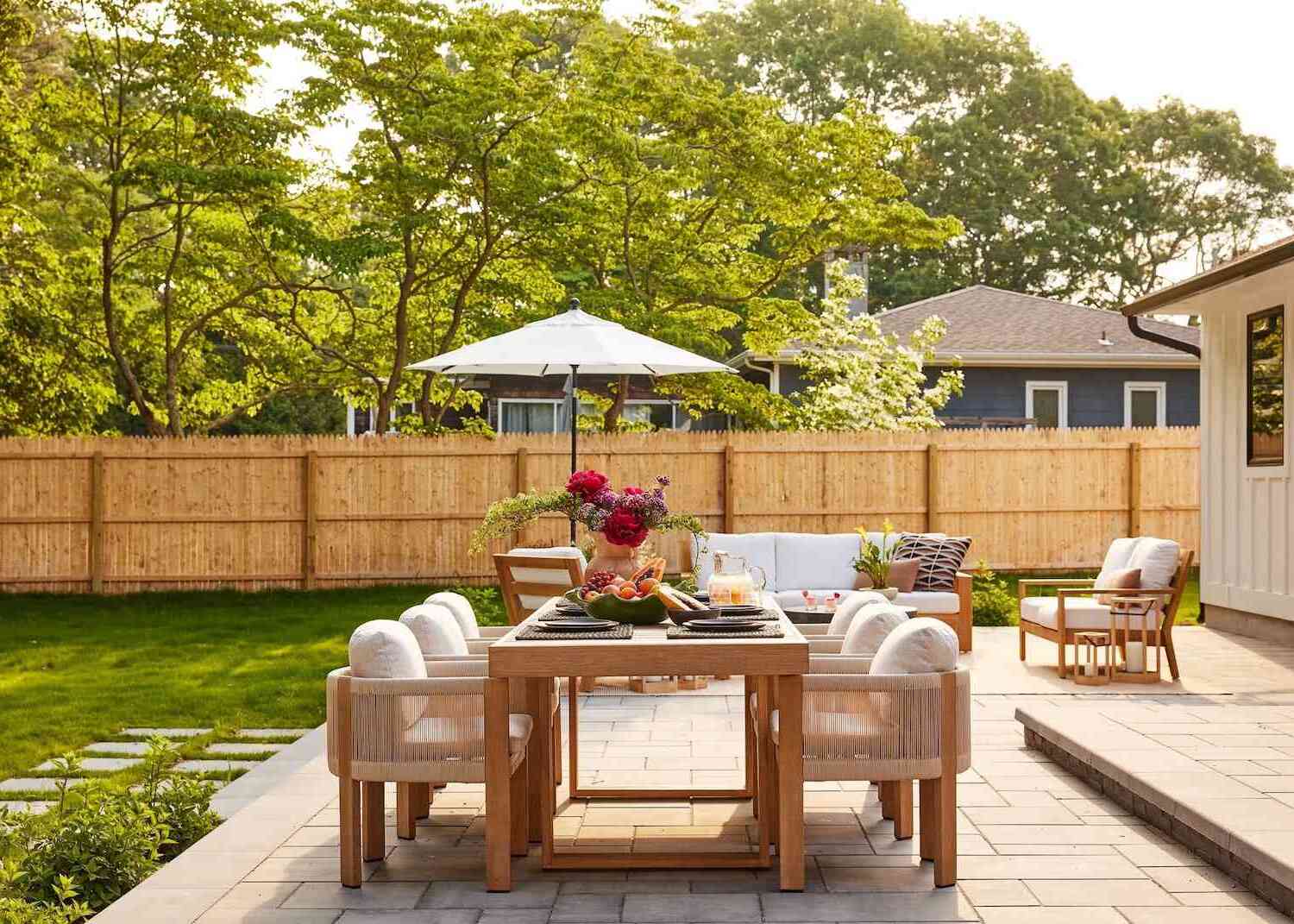
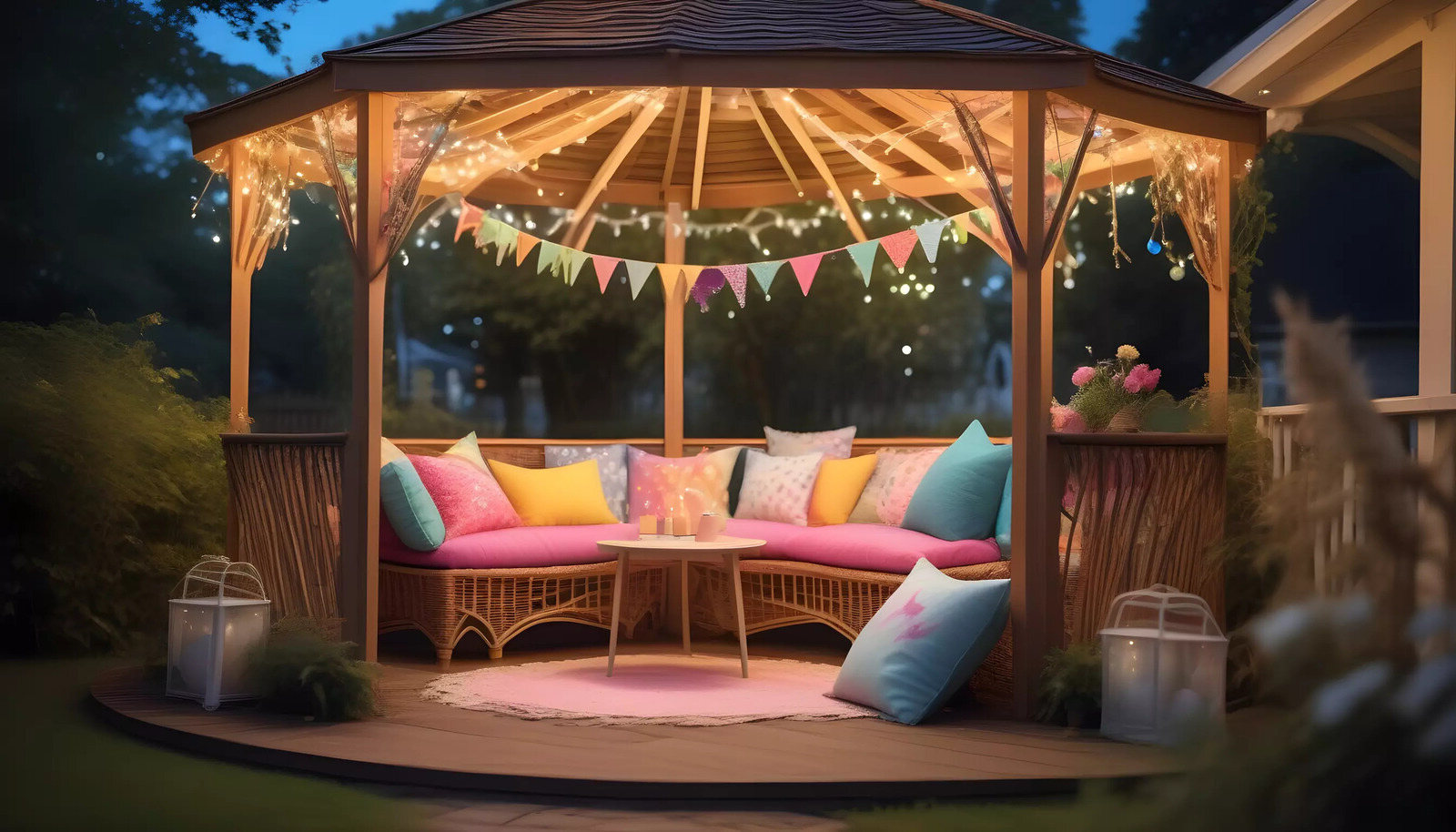
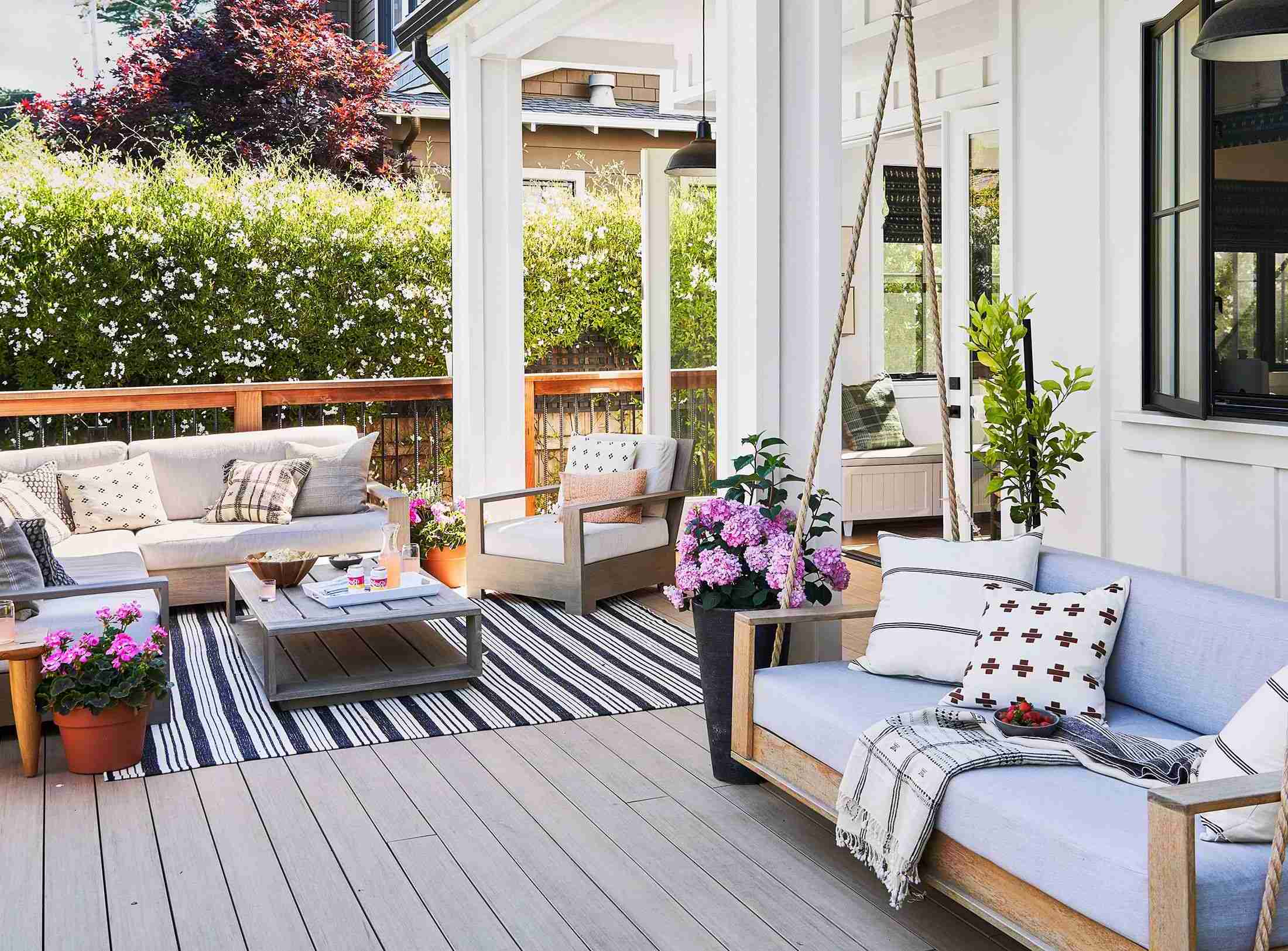
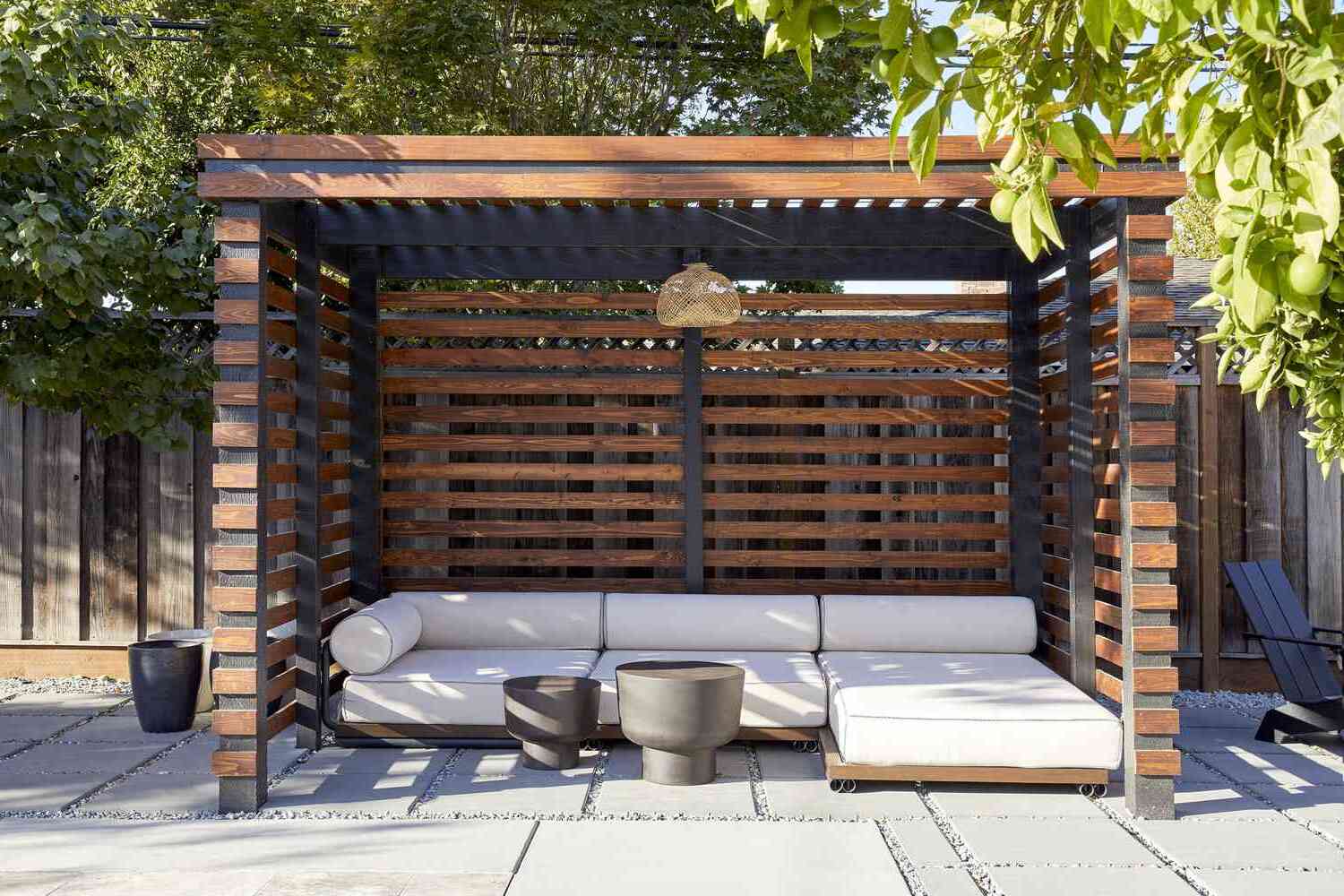
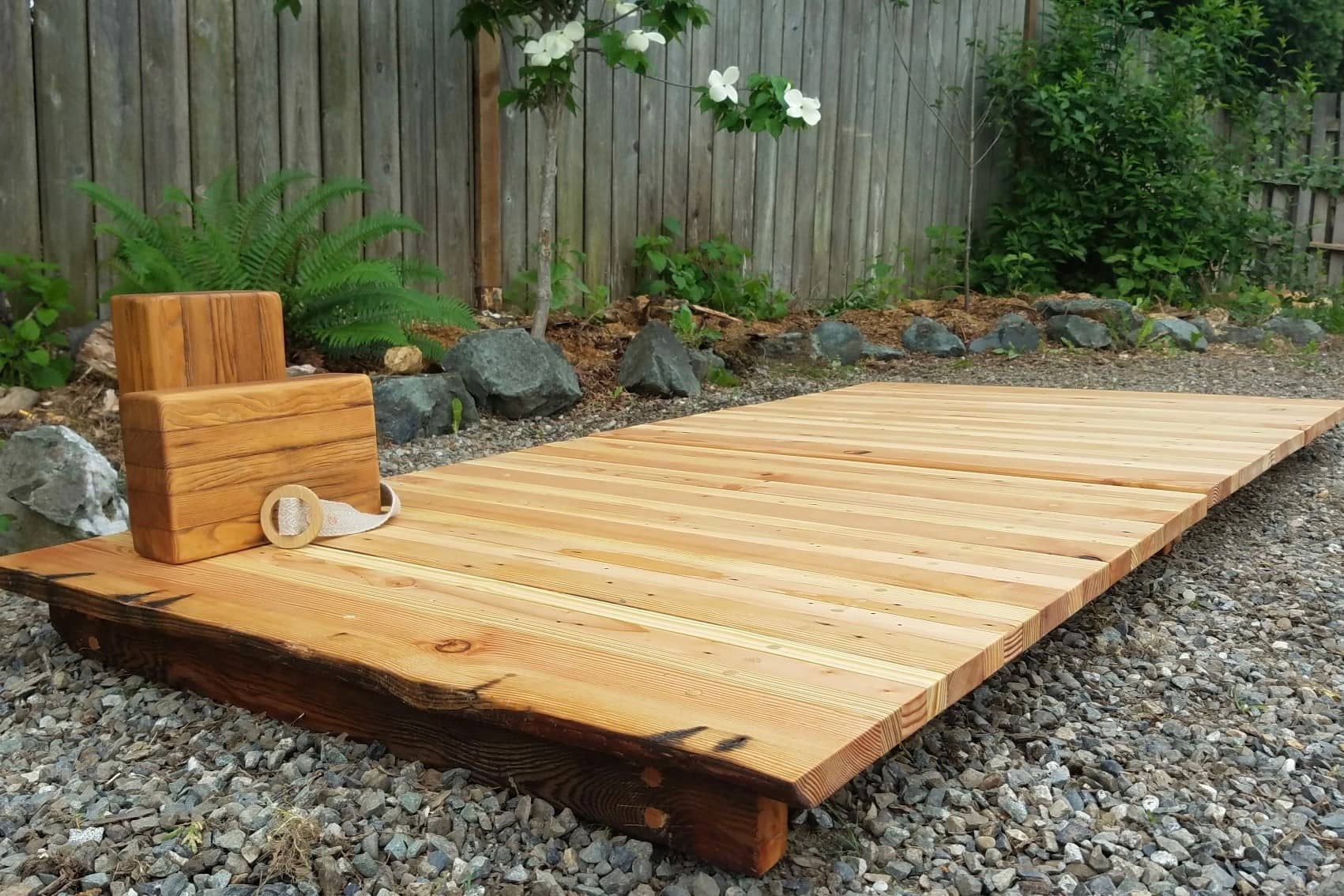
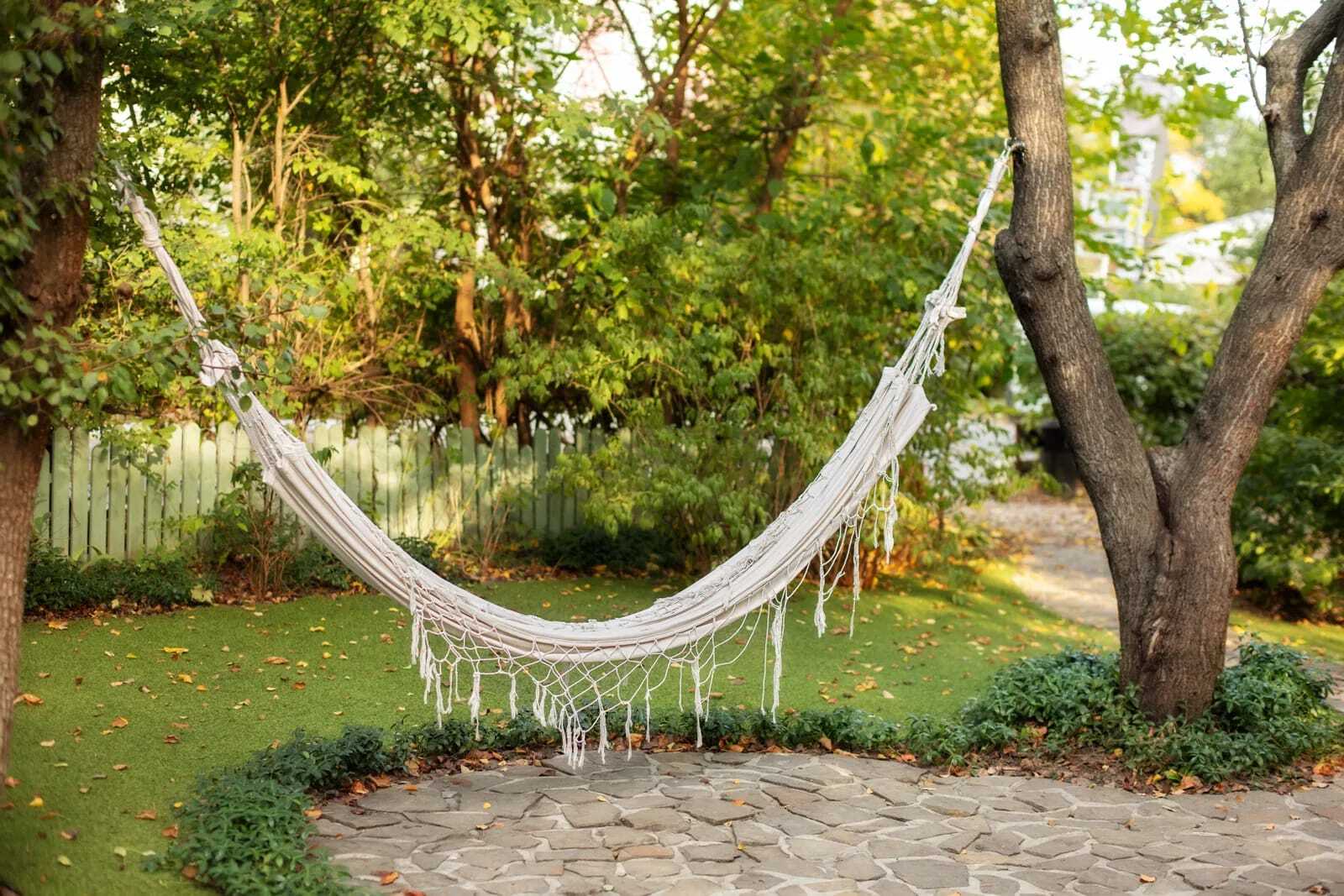

0 thoughts on “Creating A Cozy Outdoor Meditation Space”